Feeding the Fault Lines
India could end up paying a high price for the Opposition’s political opportunism and exploitation of contentious issues from caste to lateral entry in government
 PR Ramesh
PR Ramesh
 PR Ramesh
PR Ramesh
 Siddharth Singh
|
30 Aug, 2024
Siddharth Singh
|
30 Aug, 2024
/wp-content/uploads/2024/08/Fault-lines1.jpg)
(Illustration: Saurabh Singh)
SPANISH-AMERICAN PHILOSOPHER GEORGE SANTAYANA, in his The Life of Reason: Reason in Common Sense, wrote: “Those who cannot remember the past are condemned to repeat it.” On August 7, 1990, well over three decades ago, the VP Singh government announced that it would implement the recommendations of the BP Mandal Commission, including a 27 per cent quota in jobs on a nationwide reservation scheme for Other Backward Classes (OBCs). The Mandal Commission established to identify Socially and Educationally Backward Classes (SEBCs) was originally set up during the tenure of Morarji Desai as prime minister in 1979. The panel concluded that OBCs formed 52 per cent of India’s population and recommended the job quota percentage based on this. It was a decisive moment in independent India’s political history—Mandalisation would fuel a boiling and toxic cauldron of caste-based divisions in society in a never-before and irrevocable manner.
Just a month later, on September 6, 1990, Rajiv Gandhi, then Leader of the Opposition (LoP), former prime minster and father of Rahul Gandhi, the current LoP, launched a lengthy and scathing attack in Lok Sabha on the National Front-Left Front government led by VP Singh during a discussion on the Mandal Commission report. Among other things, his speech lashed out at Singh for pushing through the decision hastily without proper ground surveys and of resorting to a political move to save his government from being toppled before chief ministers of two states could lend support to a massive kisan rally in the national capital. Accusing Singh of accepting the Mandal Commission report to divide and rule Indian society along caste lines at a sensitive time when the nation faced many challenges and the power of every Indian had to be harnessed to move India ahead, he maintained, “The Congress is for all assistance to ‘Socially and Educationally Backward Classes’. But we are not in favour of having such measures being cornered by one particular group within the SEBCs.”
Crucially, Rajiv Gandhi—who was also an MP from Amethi—attacked the motives of the government even when punching holes in the Mandal Commission report itself: On what basis had the commission defined caste? How did the commission reinterpret the Constitution and change backward “classes” to backward “castes”? He also accused Mandal of basing his conclusions on a flawed methodology, his personal views and a very slim, negligible sample survey of villages, of recording statements of only OBC respondents and those only from the Hindu community, virtually ignoring the views of the other panel members while making his conclusions.
Gandhi, quoting Mandal, argued, “Nearly 70 per cent (of respondents) were in favour of evolving multiple criteria based on social status, political influences, educational attainments, economic level, employment status, etc. Others favoured the inclusion of place of habitation and financial position.” He added further, “Nearly 78 per cent of the respondents were of the view that caste should be accepted as a criterion. However, 28 per cent favoured the acceptance of caste as the sole criterion.” Only 28 per cent of the respondents favoured caste as the sole criterion. Seventy eight per cent said that caste can be one of the criteria, but not the sole criterion: “So, most of the respondents who were OBCs have said that they do not want caste as the single definer…” Gandhi asserted that Mandal was treading a dangerous path by recommending caste-based electorates. Quoting from the recommendations, he thundered: Does the Government subscribe to the Mandal Commission view that political constituencies should be carved out on the basis of caste? Are we going back to the Round Table Conference for having separate electorates? That was designed to break our country. The report says, “With a view to giving better representation to certain backward sections of OBCs like the Gaddis in Himachal Pradesh, Neo-Buddhists in Maharashtra, Fishermen in the coastal areas, Gujjars in J&K, it is recommended that areas of their concentration may be carved out into separate constituencies at the time of delimitation.”
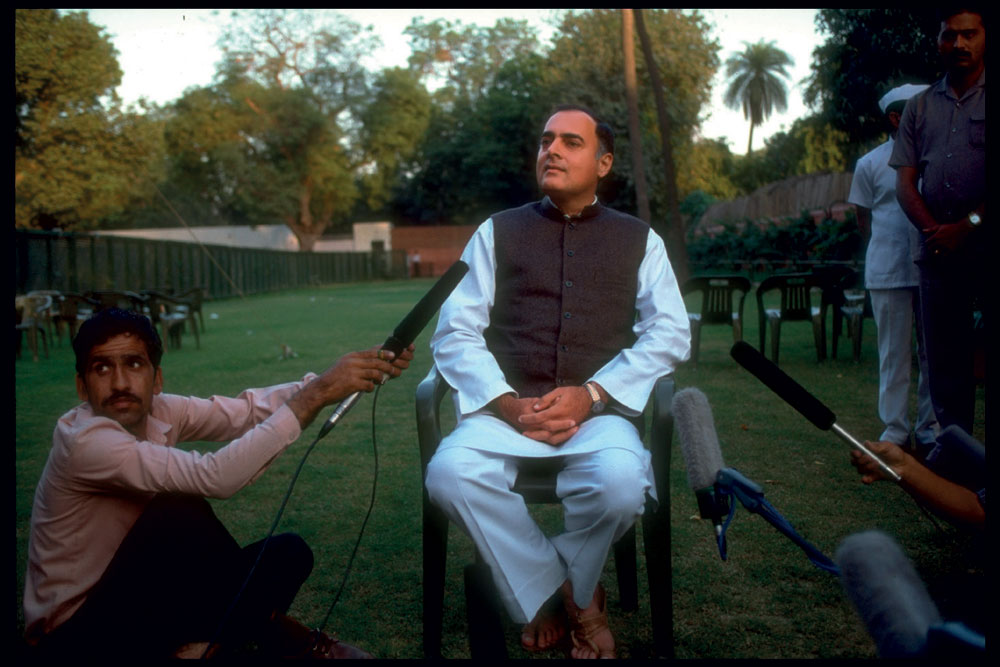
Rajiv Gandhi said that to justify the use of class as the definition of caste, the commission quotes three Supreme Court judgments: “But in the very report itself, there are at least three more Supreme Court judgments which say that you cannot define ‘class’ only on the basis of ‘castes.’ The Raja Sahib (referring to Singh) is doing something not very different from what the Britishers were doing. It was the British who tried to divide our country on caste and religion and today it is the Raja Sahib, sitting there, who is trying to divide our country on caste and religion.”
His speech ended with an impassioned appeal: “Let us not have one man’s obstinacy holding India hostage, let that man’s obstinacy not lead to children getting killed, our children, Indian children getting killed on the streets… Let that man’s obstinacy not lead to caste war… violence must end. I appeal to the whole House, I appeal to the patriotism and patriotic feelings of every member in this House not to remain idle, not to remain quiet and save this nation from the obstinacy of one person.”
THEN AND NOW
This detour into history is imperative because some 34 years later, Congress is doing exactly what Rajiv Gandhi had warned against in September 1990. Back then, the issue was one of giving a modicum of justice to socially and educationally backward groups; today it is part of a series of brazen attempts to put the government on the mat and inflame political opinion in the country.
None of this, however, has stopped current LoP and Congress leader Rahul Gandhi’s incendiary rhetoric against a government that has done more than its fair share of furthering representation for disadvantaged groups: from representation in the Council of Ministers to enforcing job and educational reservations. The rhetoric of the Opposition is now particularly toxic. But it has nothing to do with affirmative action and social justice.
Congress is doing exactly what Rajiv Gandhi had warned against in 1990. Back then, the issue was one of giving a modicum of justice to socially and educationally backward groups; today it is part of a series of attempts to put the government on the mat and inflame political opinion. It has not stopped Rahul Gandhi’s incendiary rhetoric
The assertion that those who do not learn from history are condemned to repeat it has taken centrestage once again with Congress’ drastic departure from Rajiv Gandhi’s fears of caste-based reservations. Rahul Gandhi has been pitching aggressively and rather hypocritically to reposition his party as a caste-empathetic political front. Gandhi Jr is now batting heavily for a nationwide caste-based census. Prior to the Lok Sabha and state Assembly polls, Congress, on his watch, also pushed to include OBCs within the 33 per cent reservation for women in Lok Sabha and Assemblies.
Much of the heat over contemporary demands for higher reservations for different caste groups is about political opportunism and reflects an unprincipled position. Rajiv Gandhi’s 1990 speech serves as the best exposé of Congress’ current duplicity on the issue of caste-based quotas. But that is not the only bit of opportunism in sight.
When the I.N.D.I.A. bloc leaders met in Bengaluru on July 17 and 18, 2023 and then later in Mumbai, Nitish Kumar, who was then a key mover of the Opposition alliance, pitched for a caste census in these meetings. But his demand came to naught. Last week, Lalan Singh, a key leader of the Janata Dal (United), or JD(U), and now a Union minister and who was privy to these developments, spilled the beans. He told reporters in Patna, “Rahul Gandhi is simply shedding crocodile tears over the caste census issue… He is trying to confuse people. When the Bihar government conducted a caste-based survey in the state, we were part of the I.N.D.I.A. bloc, and we kept asking him to pass a resolution on this in the coalition’s meeting. Two meetings were held, but Rahul Gandhi had turned down our request under pressure from West Bengal Chief Minister Mamata Banerjee.” At the Bengaluru meeting, Nitish Kumar had fielded colleagues Singh and Sanjay Jha to demand the inclusion of the proposal in the resolution. However, when Banerjee opposed it again, an angry Nitish Kumar reportedly shot back, “Aap Banerjee hain aap iski khasiyat nahi samjhenge (in milder words: “You are a Brahmin, you will not appreciate how crucial this demand is.)”
This was not the first time Congress developed cold feet on the matter. In 2011, the United Progressive Alliance (UPA II) government ordered the Socio Economic and Caste Census (SECC) that was done through a door-to-door enumeration in June that year. The survey was not carried out by the Census authorities but by the Ministry of Rural Development. The report was not released during the term of the UPA government but only in 2015, a year after the Narendra Modi government came to power.
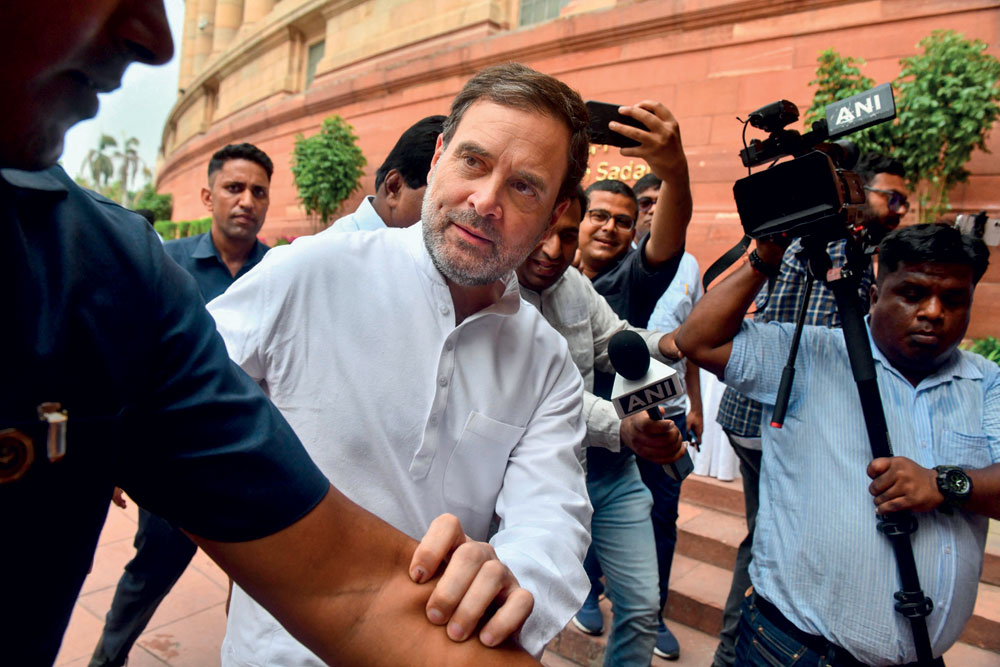
A similar exercise of this kind in Karnataka also proved to be a non-starter. In 2015, Chief Minister Siddaramaiah had commissioned a socio-economic and educational survey. Now, nearly 10 years later—and Siddaramaiah is chief minister again—the survey has not been released. In July, the chief minister maintained, “I still have not seen the report. It needs to come to the cabinet for a discussion. I’ll place it before the cabinet.” He was non-committal on a release date. Much of the controversy has to do with the population numbers of the Vokkaliga and Lingayat communities, the two dominant communities in the state. His ministers, too, have reportedly opposed the release of the report.
Take the much-touted withdrawal of the advertisement for lateral entry bureaucratic positions at the Centre. On August 17, the Union Public Service Commission (UPSC) had advertised 45 positions at the joint secretary and director/deputy secretary level for lateral entry. Within days, Rahul Gandhi strongly objected to lateral entry in government service, contending that there was no provision for reservation for weaker sections in the scheme. The government quickly did a “U-turn” when Jitendra Singh, the minister for the Department of Personnel and Training (DoPT), wrote to the chairperson of UPSC to withdraw its advertisement.
Narendra Modi, who became the first prime minister to openly back roping in the best talent for the government through contractual lateral entry, was also the first to strongly back wealth creators in Parliament. This was at a time when Rahul Gandhi made it a daily political mantra to attack them and Modi for alleged “crony capitalism”. In an interview to India Today Modi said, “I will respect the wealth creator in my country. For the bright future of my country, as much as I worry about the sweat of the labourers, the same way I worry about the wealth of wealth creators (capitalists).” He went on to add, “For me, it should be the money of the capitalist, the brain of management and the sweat of hard workers. And, only then, development takes place… I see all three as a family.”
The Congress leader’s opposition to lateral entry of the best talent in government is strange, to say the least. It harps on joblessness and jobless growth as a key problem plaguing the youth and party leaders take pot shots at wealth and job creators even when courting them in Congress-ruled states. On earlier occasions, too, the Modi government had carried out limited-time lateral entry recruitments for specialised roles. Congress, for its part, has itself celebrated lateral entry on earlier occasions. On June 12, Jairam Ramesh celebrated lateral entry on X in the context of privatisation of Bharat Petroleum Corporation Ltd (BPCL), a Navratna company. Dwelling on its history, he said, “Incidentally, one of Burmah Shell’s executives in the 1950s and early 1960s Lovraj Kumar joined the Government and played a hugely important role in the development of India’s oil and petrochemical industry in the 1970s and 1980s. He also mentored a number of ‘lateral entrants’ into Government many of whom themselves became distinguished names like Nitin Desai and Vijay Kelkar. He was also responsible for my return to India over four decades ago.”
Yet another Congress leader, Shashi Tharoor, praised lateral entry into government service in 2016 during a Lok Sabha debate when he praised the practice and even encouraged the government to formulate a policy on the subject. The history of lateral entry into government service is itself considerably long.
LATERAL ENTRY
It can be safely asserted that since Independence, there has been virtually no area of administration where the governments in India have not relied on, or hired, advisers and outside talent for senior roles in government. Barring the odd appointment that has led to controversy, none of these appointments was opposed at the political level. The one appointment that did so was that of a ‘technology czar’ during the term of then Prime Minister Rajiv Gandhi.
Among the early and major appointments made from outside the ranks of the civil service was that of JJ Anjaria as India’s first Chief Economic Advisor (CEA) in 1956. At the time, CD Deshmukh was finance minister. Anjaria, a former teacher of economics at Bombay and Poona Universities, had earlier served with the International Monetary Fund (IMF) and later as the director of monetary research at the Reserve Bank of India (RBI) from 1948 to 1950. He continued to hold his office until 1961, the year the Indian Economic Service (IES) was constituted.
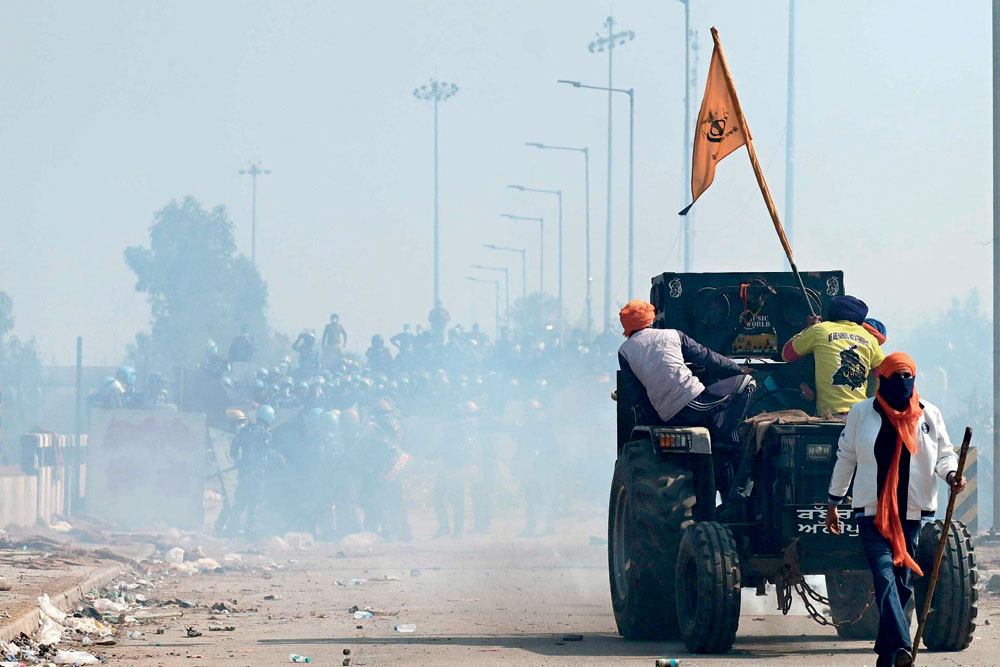
Seen in isolation, these issues appear manageable and the product of localised grievances. But that is a mistake for two reasons. One, they have not abated even after the cause for unrest has been removed, as in the case of farmers. And two, for the constant political encouragement they have received
It is interesting to note that since its inception, no IES officer has become CEA. This is interesting from the perspective of the current controversy about the absence of reservations for Dalits, OBCs and Adivasis in lateral appointments. IES, an organised service of India, is recruited on the basis of a competitive examination conducted by UPSC and is, as such, subject to reservations/quotas as established by law. No IES officer has become CEA, let alone a Dalit officer. In late July this year, Rahul Gandhi lambasted the government during a debate in Lok Sabha, claiming that not one Dalit was there in the higher echelons of the finance ministry. It is interesting that Gandhi never uttered a word about the absence of Dalit officers in the higher ranks of the finance ministry during the long innings of his party in government.
The best known example of a lateral entrant reaching a high bureaucratic position in government was during the tenure of Rahul Gandhi’s grandmother, Indira Gandhi, when PN Dhar, until then a teacher at Delhi University, was brought in as an adviserinthePrimeMinister’sSecretariat(PMS) inNovember1970. After the exit of the then principal secretary to the prime minister, PN Haksar, in 1973, Dhar—a Kashmiri Brahmin—took over the top job. He was at the helm during some of the most climatic events of India’s post-Independence history—the merger of Sikkim with India (1975), Emergency (1975-77) and, in general, the chaos of the 1970s. He lasted in the Prime Minister’s Office (PMO) until March 1977 when Morarji Desai became prime minister. Rahul Gandhi has not once questioned the record of his party and his grandmother on senior appointments. It is interesting to note that during those years (1966-77) all the top men in the Indira Gandhi PMS/PMO—LK Jha (1966-67), PN Haksar (1971-73) and PN Dhar (1973-77)—were Brahmins. Rahul Gandhi lives in denial on this facet of the history of lateral entrants in government.
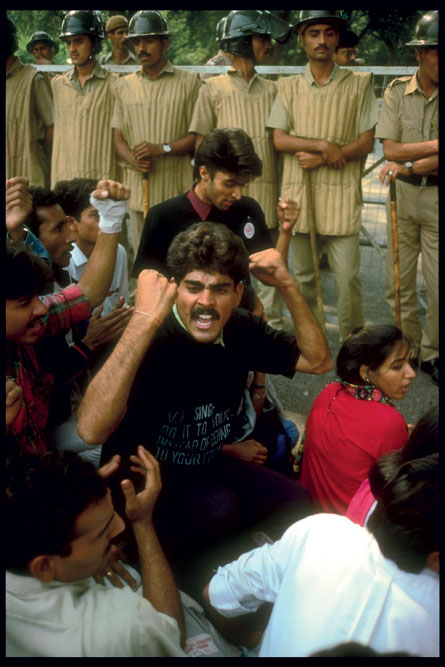
Perhaps the best known lateral entrant who rose to high political office is none other than Manmohan Singh, an Arora Sikh, who rose from professorial ranks all the way to prime minister with detours in the finance ministry as CEA, finance secretary, then governor of RBI and chairman of the University Grants Commission (UGC) just before being appointed finance minister in June 1991. He became prime minister in 2004 and remained in the job until 2014. No one has ever questioned Singh’s caste and to even raise the question is invidious. Then again, Gandhi does not want to look back at the past but only wants to question the present for political reasons. The fact is that if one looks at all lateral appointments made until the present day, one cannot find one instance where they were made for any reason other than securing the best talent for government. At times such talent, in specialist domains, was not available within government ranks.
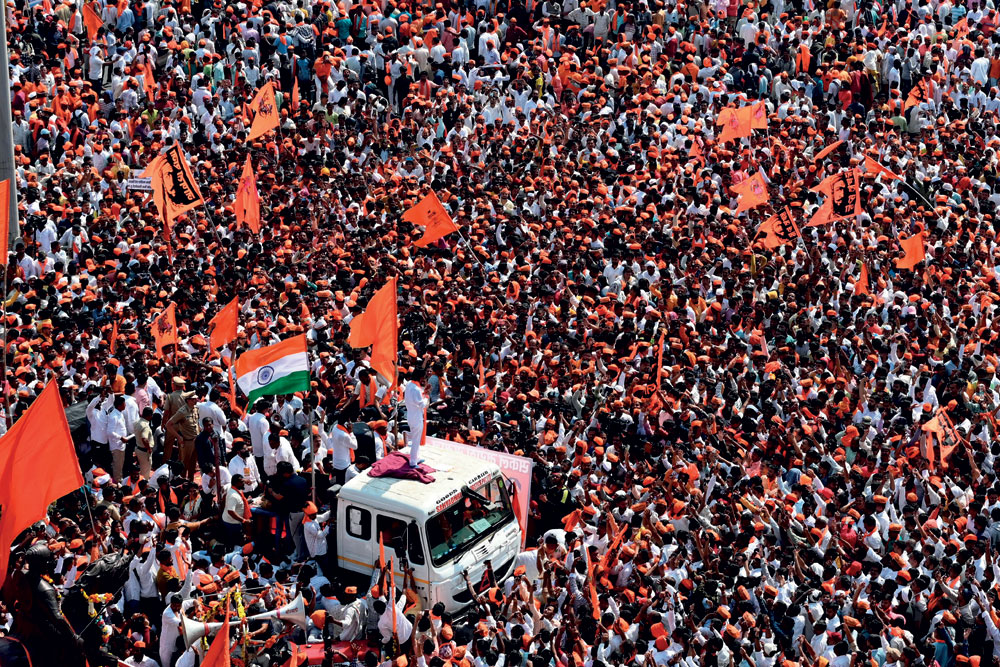
The one time the use of such talent ran into trouble was during the tenure of Rahul Gandhi’s father as prime minister. Back in 1984, Satyanarayan Gangaram Pitroda—an OBC, as advertised by Congress in recent years—was invited to establish the Centre for the Development of Telematics (C-DoT). That was the time when ‘new’ communication technologies were just being launched and Pitroda, then a US-based entrepreneur who worked in the technology sector, was invited to help India establish a telecom system. In the event, C-DoT and Pitroda went nowhere and when the VP Singh government came to power, it ordered an inquiry—the Nambiar Commission—to look into alleged financial malfeasance on the part of Pitroda. The then minister for telecommunications, KP Unnikrishnan, wanted to remove Pitroda and was vehemently against him. In the end, the inquiry report was submitted but Pitroda was never formally charged and he left India. The story is instructive as Pitroda remains a close adviser to Rahul Gandhi and even after a spate of controversial statements over the years, he has remained a fixture in the Congress leader’s circle. When Rajiv Gandhi brought Pitroda to India, the issue of his caste in the context of lateral appointments was not even on the horizon—it was an appointment on ‘merit’ even if it led to controversy over his actions. Pitroda’s caste was ‘discovered’ in the 21st century when it suited Rahul Gandhi’s purpose.
CASTE AWAY
The reality is that, over time in India, affirmative action has worked to reduce backwardness, even if the extent and spread of these benefits have been uneven. From Independence to 2024, Brahmins have been prime ministers for the most period. The only exceptions have been Manmohan Singh—a Sikh—and Narendra Modi, who have lasted for 10 years each at least. All other non-Brahmin prime ministers—Lal Bahadur Shastri, Charan Singh, VP Singh, Chandra Shekhar, HD Deve Gowda and IK Gujral—have lasted for a combined period of four years. It is worth noting that the two longest-serving non-Brahmin prime ministers have seen their tenures in the 21st century.
At a lower level, the spread of affirmative action, first for Dalits and Adivasis and then for OBCs, after the implementation of the Mandal Commission recommendations, has gradually dispersed power at various levels. It is not surprising to see an OBC chief minister at the helm today. Something similar prevails in bureaucratic jobs. Rahul Gandhi’s retort that there are no OBC secretaries to the Government of India has been questioned time and again as the OBC civil servants are yet to reach that level of seniority after the early recruitments under OBC quota were made.
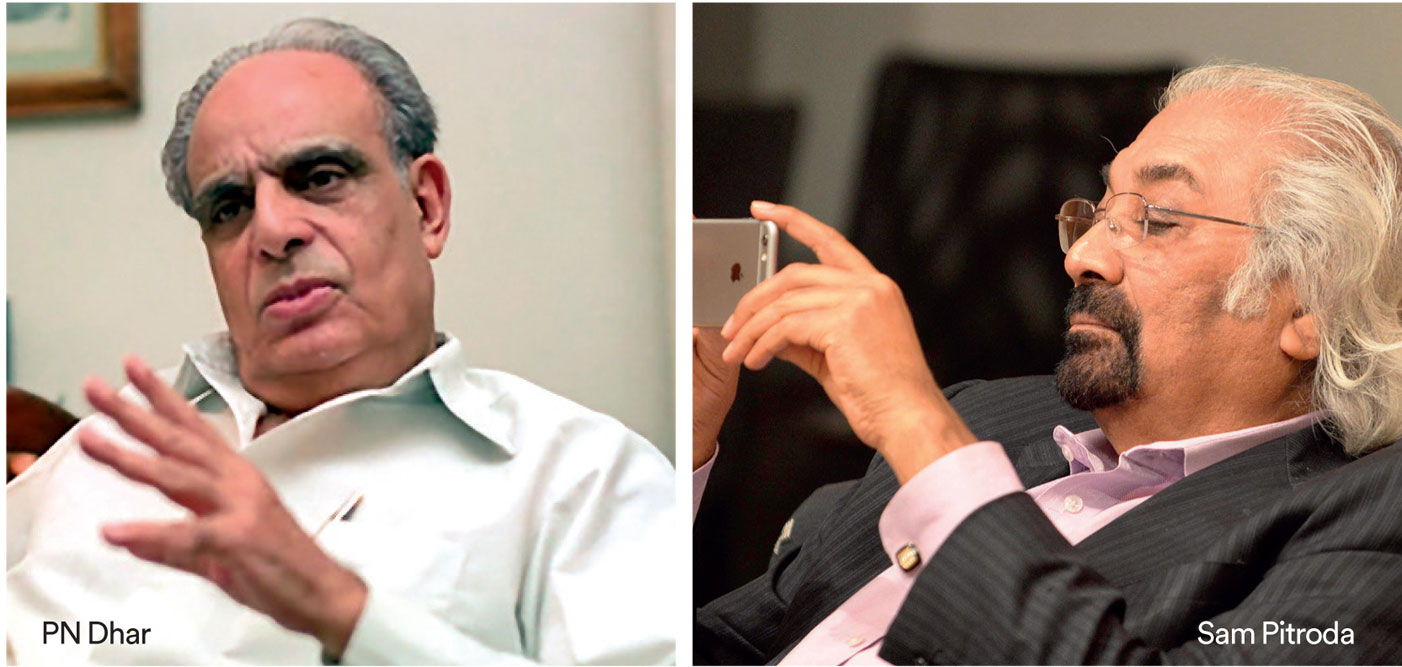
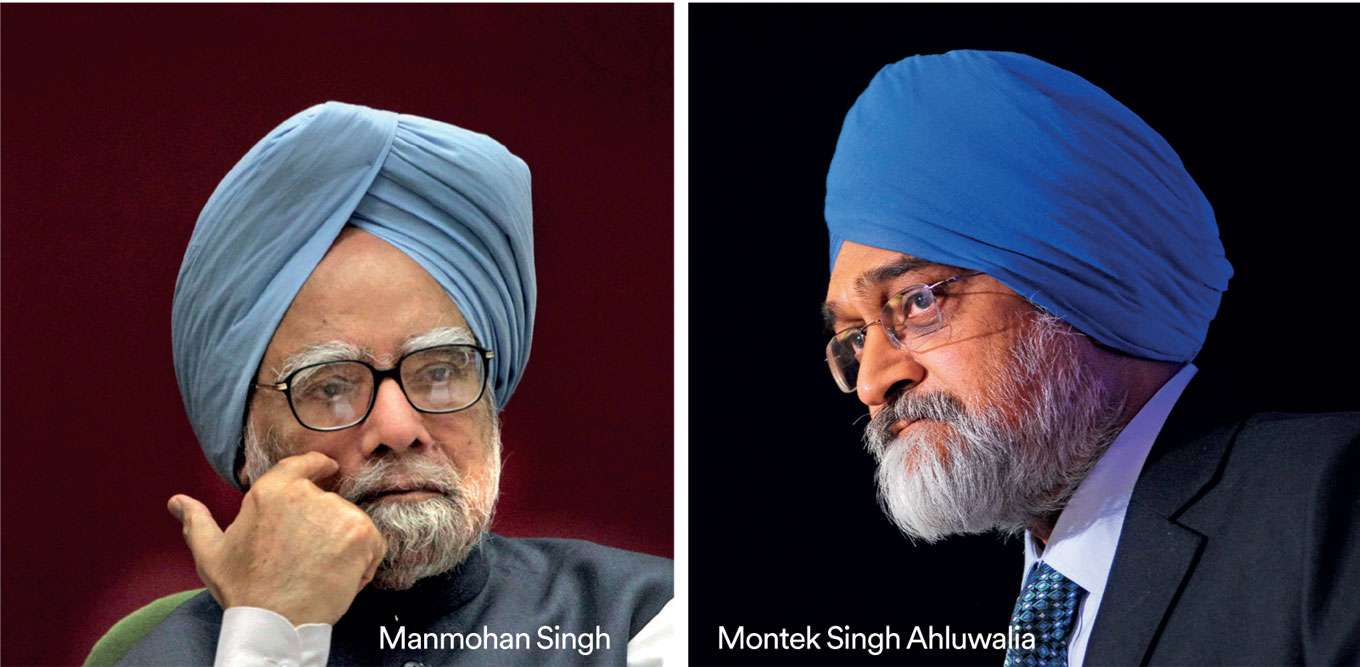
The history of lateral entry is long. The best known example of a lateral entrant reaching a high bureaucratic position was PN Dhar under Indira Gandhi. Manmohan Singh went on to become prime minister. The only time the use of such outside talent ran into trouble was the case of Sam Pitroda when
Rajiv Gandhi was prime minister
Yet, it is also a fact that numerical preponderance does not always lead to commensurate benefits. The case of Most Backward Castes (MBCs) in Bihar is an example. There, as in other states as well, a much smaller section of ‘elite OBCs’ has captured the benefits of affirmative action. There is greater political and social cohesion among these ‘elite OBC’ groups even as the much more numerous, but far more socially variegated, MBCs are not able to get their act together. The result is that every political party tries to mobilise them for political gains. Rahul Gandhi is no exception but his politics should not be seen in isolation from his other claims and devices.
TOWARDS ANARCHY?
India is no stranger to social unrest. What saves it from the fate of countries like Bangladesh—where one engineered protest by Islamist radicals can topple a government—is its great diversity, coupled with its strong democratic foundations. The former prevents localised issues from snowballing into a destabilising spiral that can engulf the entire country. Its democratic moorings force governments to respond to grievances. Often, this happens later than sooner but no government can ignore mass protests. This has never happened in the history of India and the only instance when countrywide protests went unattended they led to unfortunate political consequences. That has never come to pass again.
Until now, that is. The question that is uppermost in many minds is whether India is staring at a 1970s-style loss of order or even anarchy.
Seen in isolation, the regular drum-beating of the caste issue by Rahul Gandhi can be seen as another episode of political opportunism. But that will be a facile reading of the current conjuncture. Several other ‘protests’ have been witnessed over the past three years too.
In 2021, after the three farm reform laws were withdrawn, the agitation by farmers from Punjab should have ended. Instead, that well-thought-out agitation became a springboard of sorts where farmers from that state have become a ‘rent-a-crowd’ group. They continue to block a key National Highway in Punjab and have indulged in lawlessness ever since. Recently, Nitin Gadkari, the Union minister for road transport and highways, was forced to write to the Punjab government about attacks on engineers involved in highway projects. The state remains in the grip of ‘farmer’-led lawlessness.
No one considers the skills mismatch eroding India’s ‘demographic dividend’. It is also true that this class of youth has not been made aware of its shortcomings and continues to harbour the illusion that ‘nice’ jobs will be available for the asking if only the political class were more responsive. The danger that this section can be misled by promising it the moon is very real
In 2019, before the General Election and even sporadically thereafter, attempts were made to create a ‘North India versus South India’ divide. One Congress leader wrote extensively about how the southern states contributed much more to the national tax kitty while they did not receive a “fair” share of taxes. The argument boiled down to the claim that each state should get taxes commensurate with what it collects even if it was not couched in these stark terms. The stench of sub-nationalism, if not actual soft separatism, was unmistakable. This was also a time when the bulk of Congress MPs in Lok Sabha were from the south and just a handful from the north. After 2024, when the situation improved for the party, it won seats in the north. But by then, the damage had been done.
Another issue that has cropped up over the years is that of ‘joblessness’ and ‘jobless growth’. The first thing worth noting is that India has experienced high growth rates ranging from 6 to 7 per cent over the past few years. This growth is not illusory and has come at the back of a sustained increase in formal employment as can be seen from Employees’ Provident Fund (EPF) data. The rising number of taxpayers, albeit slower compared to the number of tax filers, is another indicator. Yet the jobs story has its own complexities. For example, much of these job increases have taken place in construction and the so-called gig economy. High-quality jobs that offer cradle-to-death security mostly exist in government where recruitment patterns are very different from the higher skill requirements of India’s private economy. The bitter truth is that the vast number of people churned out by India’s education system lack the skills needed to work in a modern, knowledge-intensive and skills-intensive economy.
The result of this ‘disaffection’ is the creation of a vast underclass of youth which is, on paper, educated but in reality unemployable. Otherwise, it is worth asking why an economy that is booming will not employ such resources. No one, especially those questioning employment figures, pauses to consider the skills mismatch eroding India’s ‘demographic dividend’. It is also a truth that this class of youth has not been made aware of its shortcomings and continues to harbour the illusion that ‘nice’ jobs will be available for the asking if only the political class were more responsive. The danger that this section can be misled by promising it the moon is very real.
Seen in isolation, these issues appear to be manageable and the product of localised grievances. But that would be a mistake, for two reasons. One, they have not abated even after the cause for unrest has been removed (such as those in the case of farmers) and two, for the constant political encouragement they have received. The usual cause-and-effect sequence in Indian politics is for politicians to step in after a problem is recognised to be of some gravity. In these cases, it is the other way round where one politician and his party are trying to milk these hyped-up ‘issues’ solely for their political gain. What makes them particularly dangerous for the country is their continued existence and their refusal to abate. The exploitation of the caste issue adds to the gravity of the situation. India may not be at a socio-economic and political crossroads, but it may also not be far from it, especially when opportunistic politics and politicians recklessly fuel divisiveness on fundamental issues.
About The Author
MOst Popular
3

/wp-content/uploads/2025/07/Cover_Crashcause.jpg)






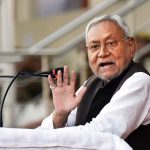
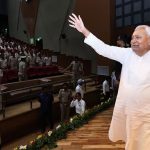





More Columns
Bihar: On the Road to Progress Open Avenues
The Bihar Model: Balancing Governance, Growth and Inclusion Open Avenues
Caution: Contents May Be Delicious V Shoba